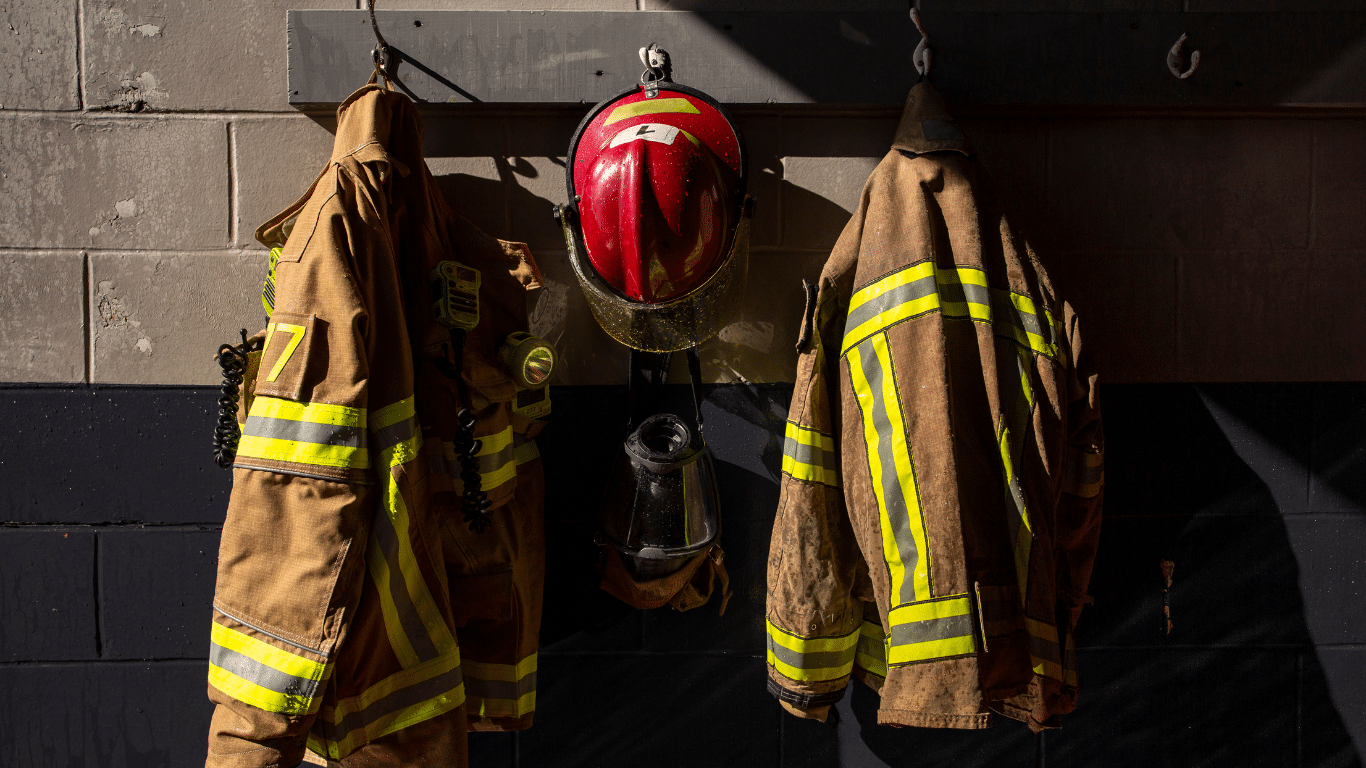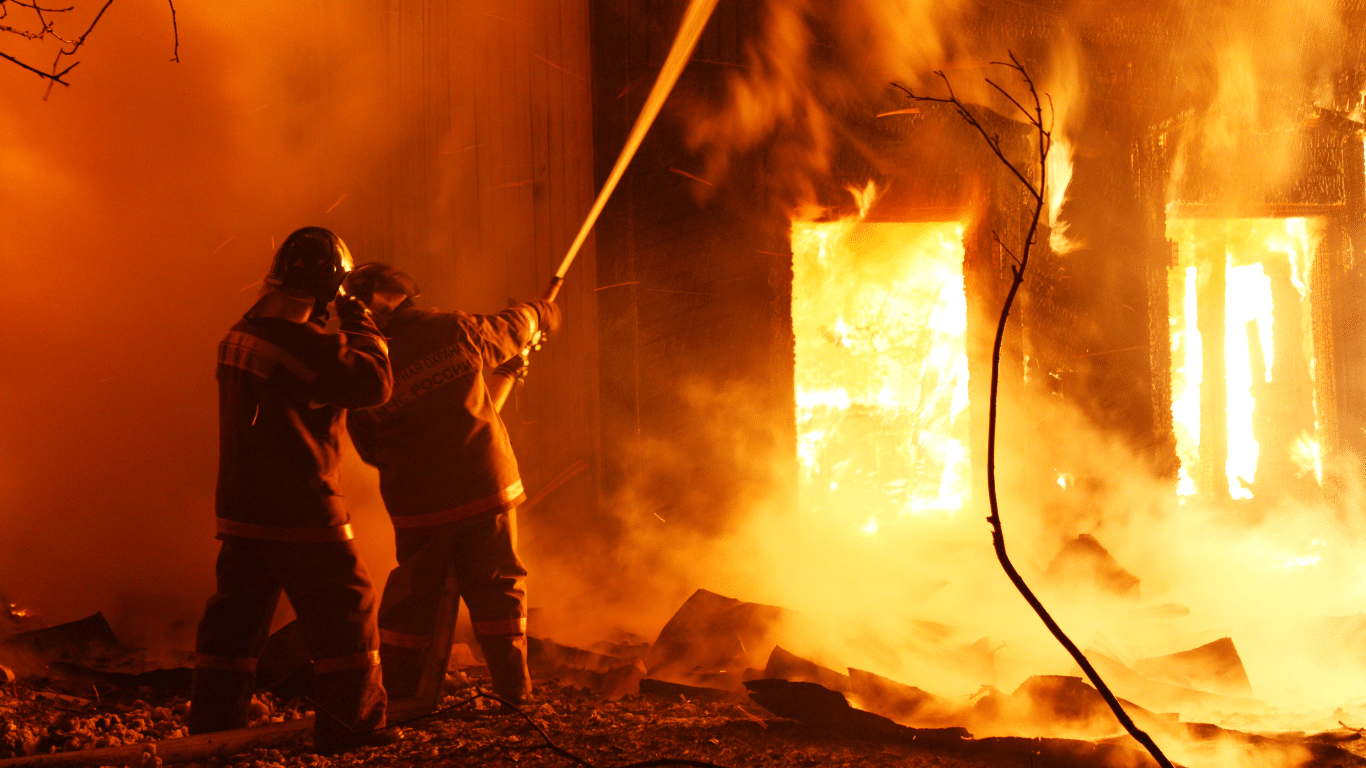PFAS and Firefighter Cancer: Understanding the Link and Risks
Firefighters face significant occupational hazards, from intense heat and collapsing structures to exposure from toxic substances. Among these risks, there is a growing concern about the link between firefighting activities and cancer, particularly due to exposure to PFAS (Per- and Polyfluoroalkyl Substances). These ‘legacy chemicals’, widely used in firefighting gear and foams, have been associated with serious health consequences, including increased cancer risk.
How Firefighters Are Exposed to PFAS
- Firefighting Gear: Firefighters’ protective gear, including turnout coats, pants, and gloves, often contains PFAS to make them water and flame-resistant. Over time, these chemicals can leak from the gear, exposing firefighters through skin contact and inhalation.
- Aqueous Film-Forming Foam (AFFF): AFFF is a specialized firefighting foam used to suppress flammable liquid fires, such as fuel or chemical spills. This foam contains high concentrations of PFAS. Firefighters can be exposed during use, training exercises, and while cleaning up after its application.
- Environmental Contamination: Firefighting activities at industrial sites or airports where AFFF has been used can lead to long-term PFAS contamination of soil and water. Firefighters working in such environments may encounter these chemicals repeatedly.
- Residue and Secondary Exposure: Tools, vehicles, and equipment contaminated with PFAS can become secondary exposure sources. Firefighters may also inadvertently bring residues home, posing risks to their families.
The Link Between PFAS and Cancer
Numerous studies have linked PFAS exposure to an increased risk of several cancers. For firefighters, the risk is compounded by their simultaneous exposure to other carcinogens present in smoke and debris. Key cancers associated with PFAS exposure include:
- Kidney Cancer: PFAS have been shown to disrupt normal kidney function and contribute to cancerous changes in kidney cells.
- Testicular Cancer: High PFAS levels are strongly correlated with an elevated risk of testicular cancer.
- Liver Cancer: PFAS’ impact on liver metabolism and function may increase cancer risks.
- Prostate Cancer: Evidence suggests that PFAS can interfere with hormonal regulation, potentially increasing the likelihood of prostate cancer.
Health Impacts Beyond Cancer
In addition to cancer, PFAS exposure has been linked to other health problems, such as:
- Hormonal disruption
- Weakened immune response
- Increased cholesterol levels
- Fertility issues
- Developmental problems in children
Mitigating the Risks of PFAS and Firefighter Cancer
Efforts are underway to address PFAS and firefighter cancer exposure. Key strategies include:
- Adopting PFAS-Free Gear: Manufacturers are developing turnout gear free from PFAS, though these alternatives are still being tested for effectiveness and durability.
- Replacing AFFF: Many fire departments are transitioning to PFAS-free foams for training and firefighting. Regulations in some regions now restrict the use of PFAS-based foams except in emergencies.
At GreenFire®, we are proud to share our PFAS-free firefighting foam, helping to keep our firefighting heroes safe. - Decontamination Protocols: Fire departments are implementing strict cleaning procedures to remove PFAS residues from gear and equipment. Clean cab policies also prevent contaminated gear from being transported in vehicles or stored in living quarters.
- Regular Health Monitoring: Firefighters are encouraged to undergo routine blood testing for PFAS levels and participate in health screenings for early detection of cancer and other conditions.
- Advocacy and Legislation: Firefighter organizations are lobbying for stricter regulations on PFAS use and increased funding for research into safe alternatives. Some regions have also expanded workers’ compensation coverage to include firefighter-specific cancers.
Moving Forward With PFAS and Firefighter Cancer in Mind
As awareness of the dangers of PFAS grows, the firefighting community, regulators, and manufacturers are collaborating to reduce exposure and protect the health of firefighters. Fifteen states, including California, New York and Hawaii, have banned the sale of firefighting foams containing PFAS. While progress is being made, the legacy of PFAS contamination highlights the need for continued vigilance and innovation. Firefighters, as essential protectors of public safety, deserve robust protections against the hidden hazards of their profession.
GreenFire® understands the dangers of PFAS and firefighter cancer. We are pleased to provide a safe, reliable alternative to AFFF and contribute towards a safer future for firefighters. GreenFire Fire-Fighting Foam (GFFF) is a non-toxic, PFAS-free, effective, Class B foam. GFFF is used and trusted by fire departments, and has been subjected to government testing (DOD, DOE, EPA, FAA) with successful outcomes.
Contact us today to learn more about GFFF and our other non-toxic, food area safe (NSF) products!
Follow us on Facebook, Instagram, Pinterest, X, and LinkedIn for more updates and information about PFAS and Firefighter Cancer.


